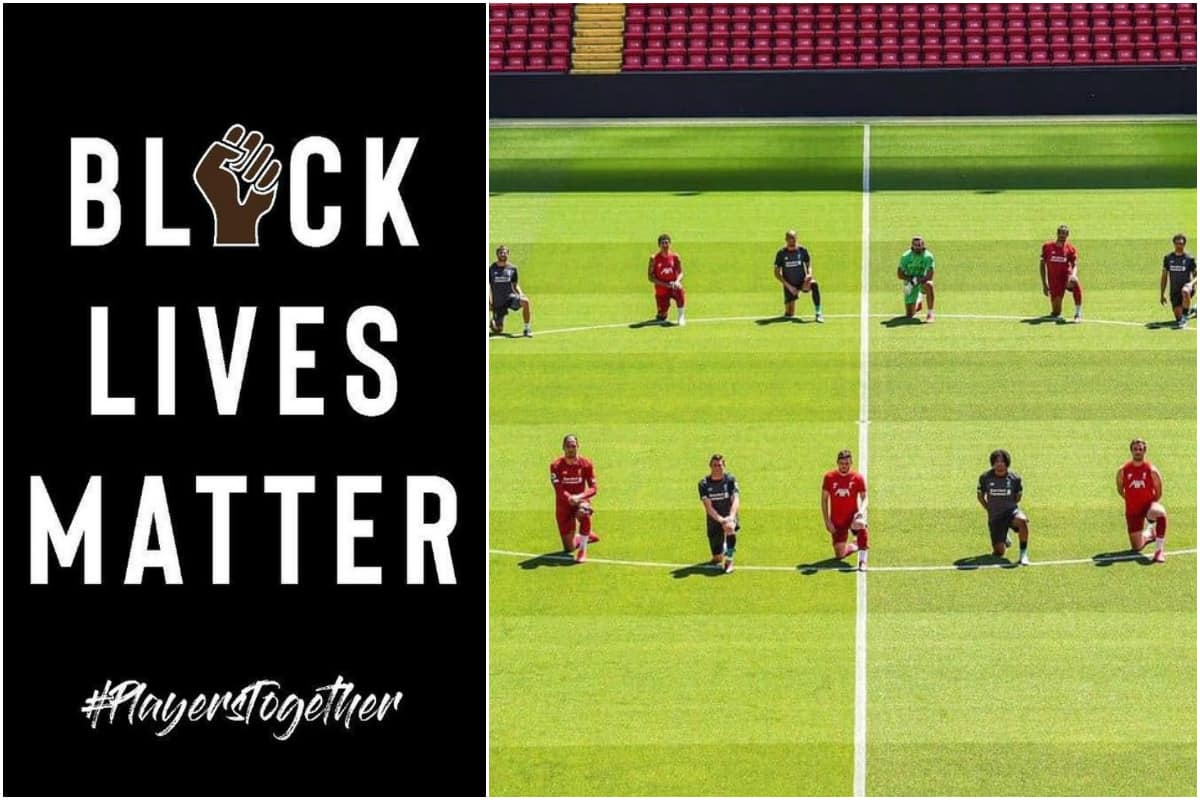Earlier this week, I came cross the recent Sky Sports documentary “spin wash” – about England’s 3-0 Test series defeat in India in 1993. That’s a rather memorable series for me, since it was the first time that I actually saw India win, and win comfortably (I had started watching cricket on my ninth birthday, with the 126-126 tie at Perth).
Prior to the series I remember chatting with an “uncle” at the local circulating library, and he asked me what I thought would happen to the series. I had confidently told him that England would win comfortably. I was very wrong.
Anyway, one video led to another. I finished the series, and then remembered that it was during the same tour that I had gone for my first ever cricket match. It was an ODI in Bangalore, either the 3rd or the 4th of the series (depending on whether you count the first ODI in Ahmedabad that got cancelled). This came just after the “spin wash” and the expectations from the Indian team were high.
A granduncle who was a member at the KSCA had got us tickets, and my father and I went to see the game. I remember waking up early, and first going to my father’s office on his scooter. I remember him taking a few printouts in his office (a year earlier he had got a big promotion, and so had both a computer and a printer in his private office), and then leaving me there as he went upstairs to drop it off in his manager’s (the finance director) office.
Then we drove to the ground in his scooter. I don’t remember where we parked. I only know there was a massive line to get in, and we somehow managed to get in before the game began. I also remember taking lots of food and snacks and drinks to eat during the game. While entering the group, I remember someone handing over large “4” placards, and cardboard caps (the types which only shaded the eyes and were held at the back by a string).
Anyway, back to present. I searched for the game on YouTube, and duly found it. And having taken the day off work on account of my wife’s birthday, I decided to watch the highlights in full. This was the first time I was watching highlights of this game, apart from the game itself that I watched from the B stand.
Some pertinent observations about the video, in no particular order:
- The outfield was terrible. You see LOTS of brown patches all over the place. When you see Paul Jarvis come in to bowl, you see a very reddish brown all over his trousers – you don’t really see that colour in (even red ball) cricket now
- There was a LOT of rubbish on the outfield. Random paper and other things being thrown around. Remember that this was prior to the infamous 1999 game against Pakistan in Bangalore where the crowd threw lots of things on to the pitch, so I’m not sure there was anything to prevent things from being thrown on the pitch
- The India shirt was sponsored by some “Lord and Master”. I don’t remember at all what that is. Never seen its ads on TV (and I watched a lot of TV in the 1990s).
- There was a hoarding by the Indian Telephone Industries (state owned telephone manufacturing monopoly that collapsed once the monopoly was broken) that said “allrounders in communications”. I found it funny.
- There were lots of hoardings by the local business Murudeshwar Ceramics / Naveen Diamontile. The business still exists, but it’s interesting that a local player got hoarding space – I guess TV wasn’t yet a big deal then
- There was a hoarding by “Kuber finance”. I found that interesting since we’ve almost come a full circle with “Coinswitch Kuber” ads during the 2021 IPL.
- The Bangalore crowd looked MASSIVE on TV. and the Sky Sports commentators kept referring to how big a crowd it was. Coming soon after Test matches in Calcutta, Madras and Bombay, this is “interesting”.
- Every time the camera panned towards the B stand in the highlights reel, I tried to look for myself (I was 10 years old at the time of the game!). No success of course. But I do remember stuff like Srinath getting his 5-41 bowling from “our end” (BEML End, going away from where I was sitting). And Sidhu fielding right in front of us at third man when India was bowling from the pavilion end
- I remember leaving the ground early after India collapsed (from 61-1 to 115-7). I remember my father saying that there would be riots once the match finished and we should get out before that. One of my school classmates who also went to the game said he watched till the very end and I was jealous of him.
- The highlights showed Mexican waves. I clearly remember enthusiastically participating in those
- This was 3.5 years before the famous Kumble-Srinath partnership in Bangalore against Australia but from the highlights I see that Kumble and Kapil Dev had started one such partnership in this game. Again I remember none of it since I had left the ground by then.
- I’ll end with a poem. I had written it on the day of the game, on the back of the “4” placard I had been given while entering the ground, and waving it every time it seemed the camera was facing my section of the crowd.
Graeme Hick
You’ll get a kick
From a mighty stick
And you’ll fall sick
He ended up top scoring in the game.






